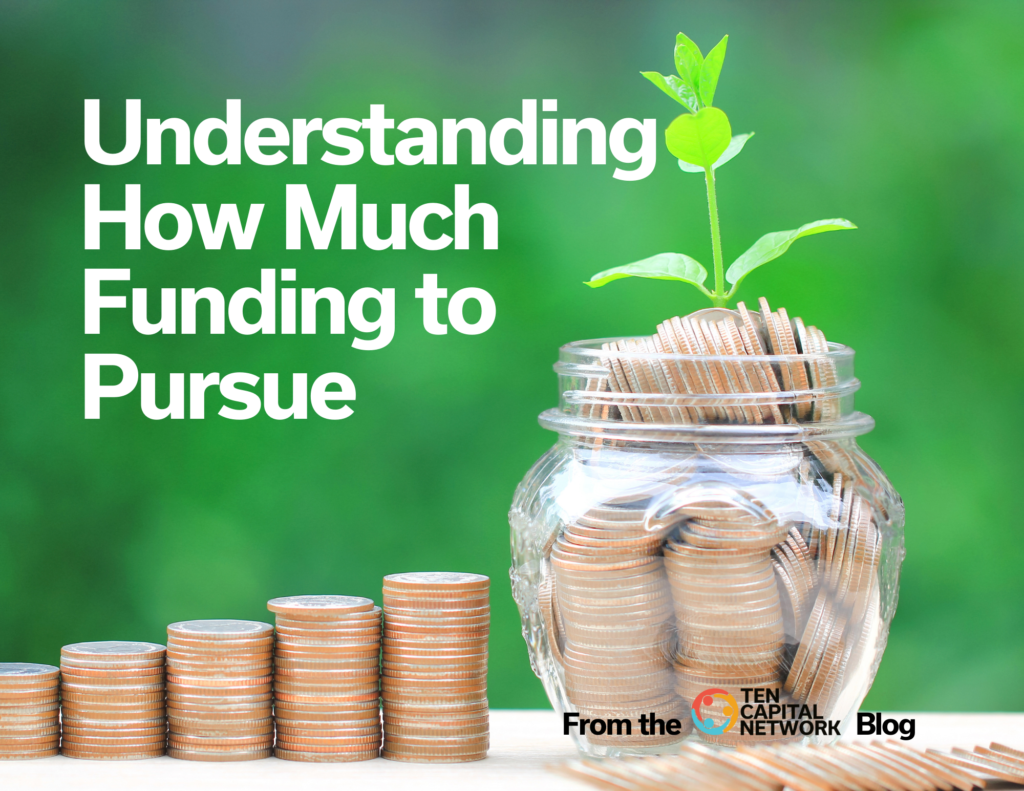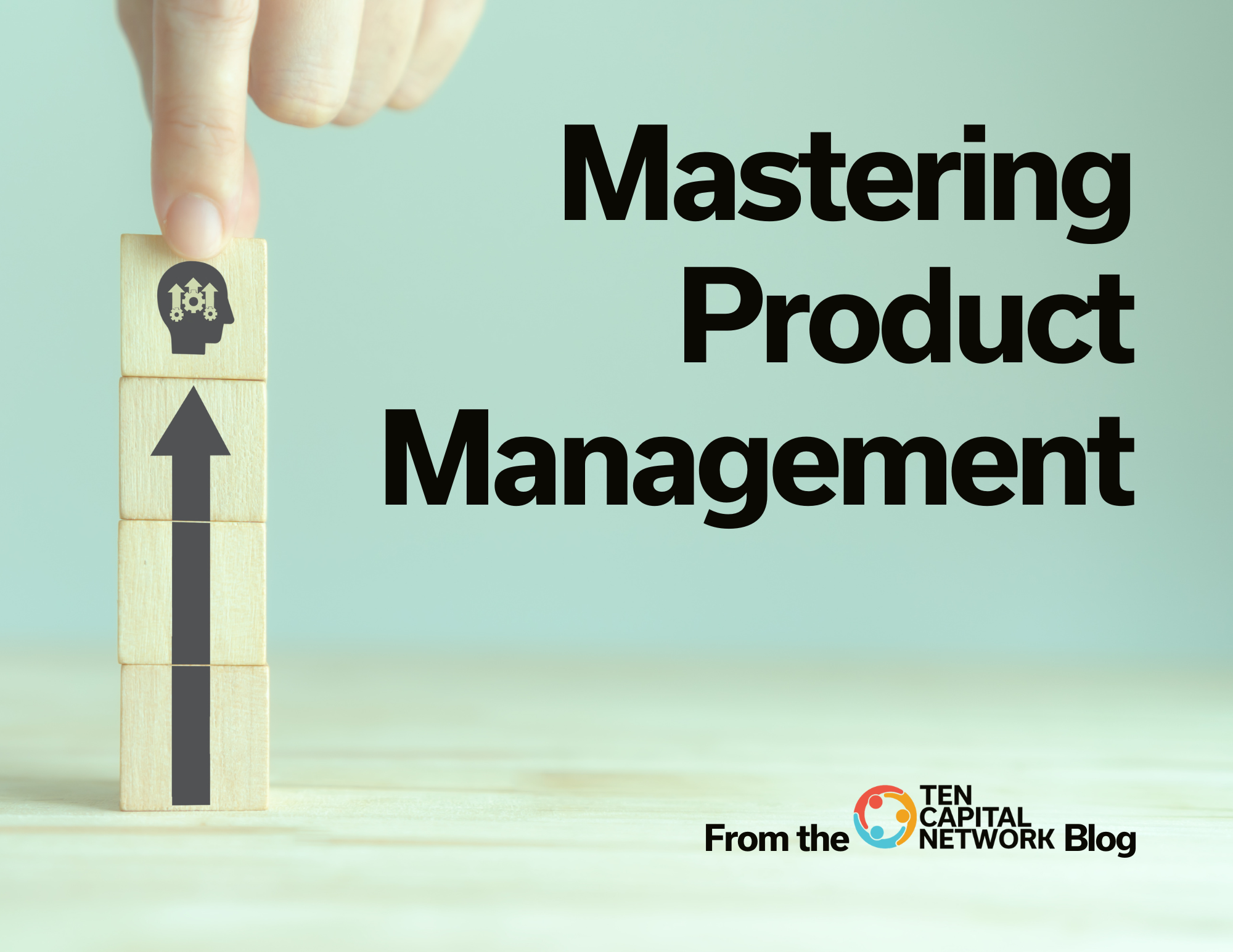2 min read When I ask entrepreneurs how much they are raising the automatic answer is $1M. It just seems like the thing to do. Moreover, when I ask what they are going to do with it, many seem unsure. Alternatively, they provide generalizations like:
“We need it for marketing, or hiring key personnel, or developing products.”
The response from investors (myself included) is usually along the lines of, “No S!#t?”
How Much Do You Need?
Before pursuing investment, one needs to consider how much to raise and how it’s going to be used. When you go to pitch to investors make sure you are prepared. It should be clear as to exactly how you’ve come up with these funding requirements. Be comfortable explaining these funding requirements and exactly how you plan to put that money to work.
Of course, it’s still an educated guess. However, having these items researched and detailed in your business plan (and pitch presentation) will build a lot more credibility with the potential investor.
Figuring out how much you need to raise starts with: How much do you need for equipment, inventory, contract services (such as legal costs, marketing, sales, and more.)? This financial model is a MUST before setting the fundraising amount.
Start Small
I often recommend raising as little money as possible before you have customer sales because the valuation (how much the investor considers your company worth) is going to be quite low. Any money you raise in the beginning will cost a more significant portion of the equity in your company than follow-on investments down the road. In other words, the higher the risk, the greater the equity the investor is going to require.
It’s also better to raise a lower amount (say $250K) to get the product up and running and sold to a few customers. You always raise a larger round of funding later, but at that point, it should be a much better valuation for the entrepreneur–with the product and customer risks mitigated you don’t have to give away as much equity.
Also, for every $1M you are trying to raise you’ll spend one year raising it and NOT doing much of anything else on your business. Raising only $250K will reduce the amount of time spent fundraising allowing you to work on your product, marketing, sales, and team building.
Read more on the TEN Capital Network education: Click Here

Hall T. Martin is the founder and CEO of the TEN Capital Network. TEN Capital has been connecting startups with investors for over ten years. You can connect with Hall about fundraising, business growth, and emerging technologies via LinkedIn or email: hallmartin@tencapital.group





